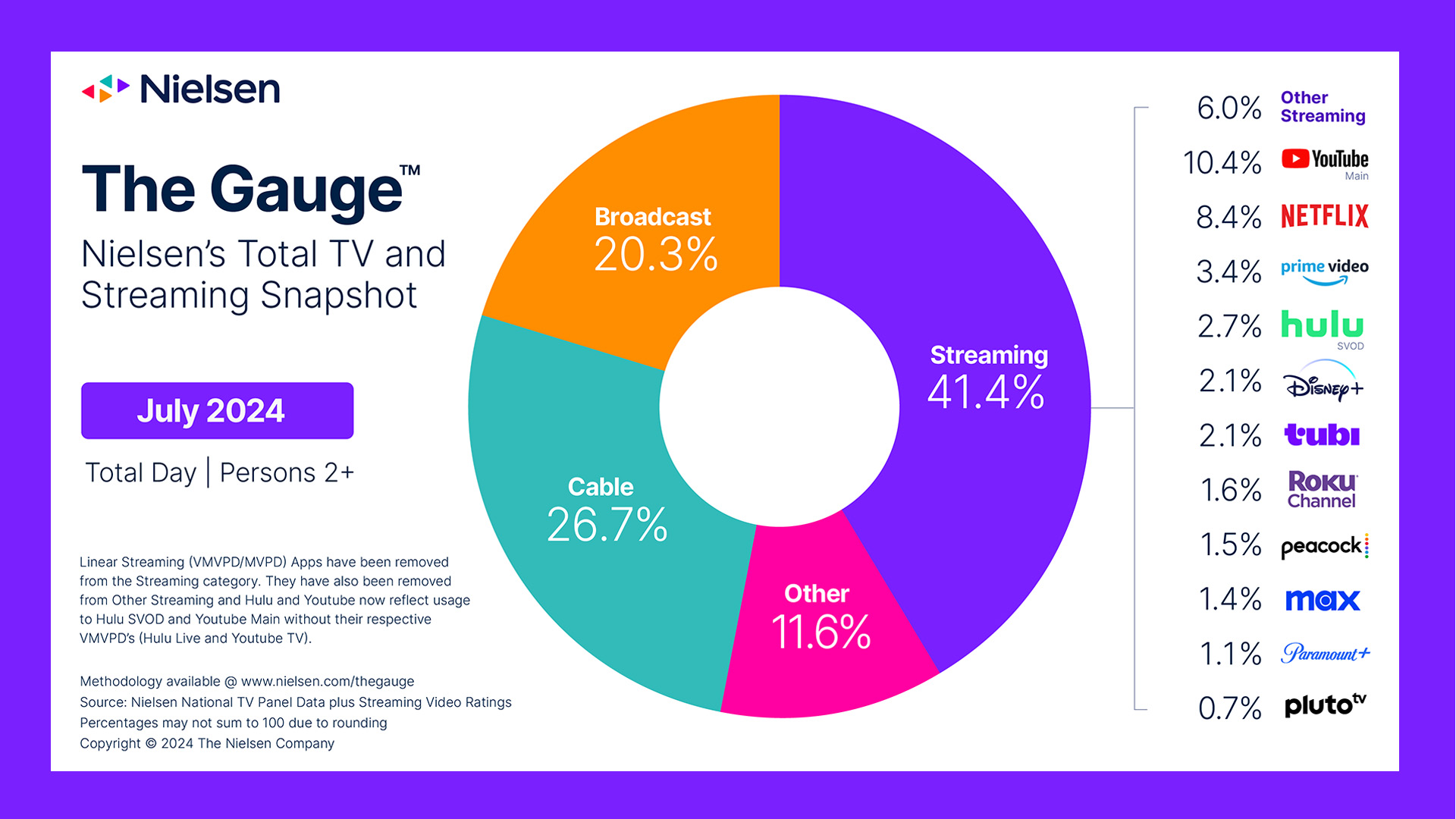Sponsored by Visualping
5 essential features your next competitive intelligence tool should have
Competitive intelligence tools should come with these critical components to ensure businesses come out on top

Competitive intelligence matters. No matter how confident a business may be in its product, operations, or marketing, it’s still a good idea to examine what its rivals are doing. Perhaps they are leveraging a new piece of project management software that is supercharging their productivity. Or maybe they have a first-mover advantage regarding a recent market trend and are using the latest AI tools to take full advantage.
Competitive intelligence tools can analyze the activities of a company’s business rivals, collecting data from various channels, such as social media, news outlets, customer reviews, and more. This data can then be turned into useful insights that businesses can use to identify new opportunities, adjust their strategies, and, hopefully, gain a competitive advantage.
Some examples of the best competitive intelligence tools include Insightsfirst, Google Analytics, SEMrush, HubSpot, and many others. You’ll notice that these tools all have slightly differing focuses. Some are CRM platforms, some are SEO tools, and others are business intelligence tools. This is because competitor analysis can take many forms, depending on the particular industry that a business is in and the insights they are looking to discover.
In addition, there are different functionalities to be found among competitive intelligence tools, from customizable alerts to real-time automated data tracking. Below, we’ve highlighted five of the most important features for you to assess when comparing solutions.
Beat the competition to every change with Visualping
Visualping equips businesses with real-time competitor website tracking, delivering critical intelligence just as your rivals make their moves. Stay ahead with AI-powered insights that summarize and analyze key changes—from price changes to product launches, marketing moves, and more. Automated alerts ensure you're never blindsided, enabling you to make swift, data-driven decisions before the market moves.
1. Data visualization

Data is fundamental to the efficacy of any competitive intelligence tool. First of all, this means that your intelligence tool must have access to comprehensive data coverage from a wide range of trusted sources. It’s only then that businesses can be confident in the insights and assumptions generated from the data.
As well as having access to large stores of data, good competitive intelligence tools also depend on effective data visualization. The right visuals can help individuals gain a clearer appreciation of what the data is saying - regardless of how much of it there is. A dashboard with an intuitive interface can do wonders for data clarity and, subsequently, help turn that data into the kind of insights that inform your competitive analysis.
A competitive intelligence tool with a good standard of data visualization may utilize spreadsheets, Kanban boards, Gantt charts, and project management features. The exact method of visualizing data may differ, but all good competitive intelligence tools should certainly prioritize clarity in whichever one they feature.
Are you a pro? Subscribe to our newsletter
Sign up to the TechRadar Pro newsletter to get all the top news, opinion, features and guidance your business needs to succeed!
2. Automation features
IT automation software has been around for a while now and has been used to streamline efficiency for a number of solutions, including CRM platforms, RPA software, and more. The best competitive intelligence tools also employ automation features to ensure businesses can gain valuable insights into their market rivals, without ramping up the manual burden on their employees.
Automation can take many forms with competitive intelligence tools, including automatic data scraping from competitor websites, social networks, market research reports, real-time alerts, and natural language processing. These kinds of functionalities mean that any insights derived from the competitive intelligence tool are timely and actionable, which is key when markets move so quickly.
Often, the automation features included within a competitive intelligence solution leverage AI tools in some way. This technology allows competitive intelligence software to identify patterns and trends that might be contained within competitor data and can even involve a predictive element so you can foresee coming market shifts and act accordingly.
3. Real-time alert notifications
The last thing businesses need is for their competitive intelligence tool to identify a crucial insight that could supercharge revenue, but for it to remain unnoticed. If this occurs, even if only for a short while, it means markets may shift again, product launch windows may be missed, and a rival may steal a march. In short, opportunities could pass them by.
That’s why real-term alerts are found within the best competitive intelligence tools. Real-term alert notifications will ensure that businesses never miss insights that could have a transformative effect on their operations. What’s more, real-time alerts mean that employees don't need to spend their time scouring the market for the latest developments. They can get on with adding value and the alert will inform them as they go about their business.
Often these notifications are customizable, so you need not worry about them having the opposite effect to the one intended and serving as a distraction. What’s more, each employee may have a different focus area so they can personalize their notification to only relate to, say, marketing, finance, innovation, operations, or whatever field is most relevant.
4. Targeted searches
Who represents your audience? What would you consider to be your target market? Just because another company is broadly in the same field as your organization, does that necessarily make them a competitor? If you come up with answers to these questions, hopefully, you can streamline your use of your competitive intelligence tool.
Look for a solution that provides targeted searches so you can narrow down the collection of competitor insights by industry, geography, product type, or wherever you want to focus. In today’s data-fuelled world, there is a danger of businesses having access to too much information. To avoid that, make sure your competitive intelligence tool allows you to target your energies appropriately.
5. Customizable reports

A competitive intelligence tool that spits out a string of numbers isn’t much use. There might be data scientists or analysts at your organization who are capable of interpreting such information, but most of your workforce is likely to prefer a report detailing the relevant information. Of course, what’s relevant differs from company to company. That’s why it’s essential that competitive intelligence tools come with customizable reports so they are sure to fit the needs of a particular organization. Which metrics do you want the report to display? Revenue? Sales? Email engagements? What about the demographics of those sales? You should be able to choose exactly what your competitive intelligence tool displays and how it is displayed.
Getting maximum value from your competitive intelligence tool
The best competitive intelligence tool will differ by organization, product, industry, and many other factors. However, in our view, there are certain features that you should always be on the lookout for. From clear data visualization to automation, these are the functionalities that help certain competitive intelligence tools stand out from the crowd.
Barclay has been writing about technology for a decade, starting out as a freelancer with ITProPortal covering everything from London’s start-up scene to comparisons of the best cloud storage services. After that, he spent some time as the managing editor of an online outlet focusing on cloud computing, furthering his interest in virtualization, Big Data, and the Internet of Things.

